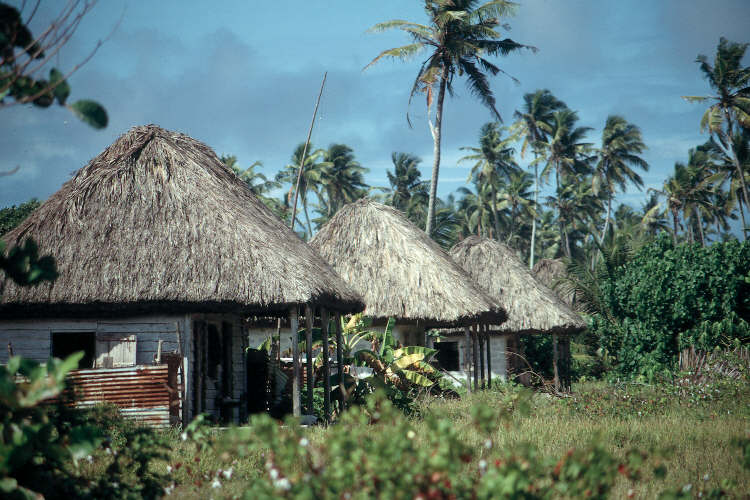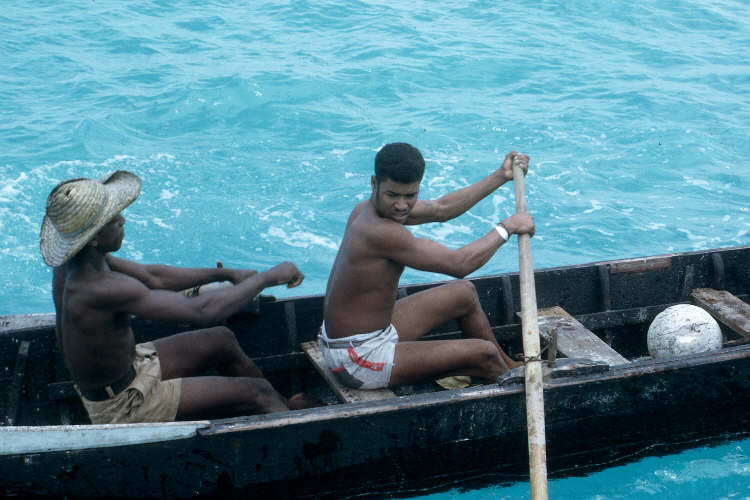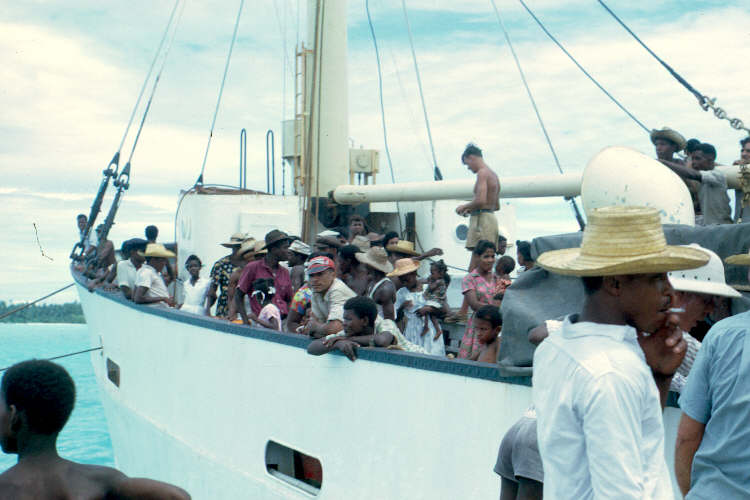Who are the Chagossians?

The Chagossians are an exiled people from the Chagos Archipelago and their descendants. The Chagos islands were depopulated and all Chagossians forcibly removed by the United Kingdom between 1968 and 1973, to make way for a US military airbase on the largest island, Diego Garcia. Chagossians – now numbering at least 10,000 – are mainly divided between Mauritius, the Seychelles and the UK. The Chagossians have been the victims of a major violation of their human rights by the countries involved in their exile and they still await justice, restitution and a return to their islands. A Human Rights Watch report of February 2023 describes their treatment as a crime against humanity. The Chagossians are also known as the Ilois, and the Chagos Archipelago is also known as the British Indian Ocean Territory (B.I.O.T.) and was once called the Oil Islands. The Chagossians are an indigenous people, the descendants of African slaves brought to the uninhabited islands in the late eighteenth century by the French. The Chagos archipelago is a group of more than 56 low lying coral atolls, covering a total area of about 60,000 km2, of which the island of Diego Garcia is the largest. It lies 200 km from the other main island groups, the Peros Banhos group and the Salamon islands. The islands, which are small and widely scattered, lie about 2000 km from both Mauritius and the Seychelles, to which they were linked for about 200 years both culturally, economically and administratively.
Chagossians are a creole people of African origin and are mainly of Roman Catholic faith. They have a unique culture and language, Chagossian Kreol. Although the main employment on the islands was associated with the coconut plantations, Chagossians were involved in a number of work activities including boatmen, fishermen, blacksmiths, bakers, carpenters, masons and mechanics. Chagossians also had time and freedom on the islands to fish, hunt grow crops and keep animals. The islands were beyond the reach of most mechanisms of government control and organisation and commercial activity was virtually unknown. Father Dussercle, a visiting French priest noted in the 1930s that every house had a ravanne (a traditional frame drum) and that music and social music making were vital to the life of the islanders. A visiting marine surveyor in noted in 1901 that Chagossians were “a community whose well-ordered activities proceed safe and free from trouble without the intervention of civil servants, judges, law and enforcement officers.”

All Chagossians and their descendants are now entitled to British Overseas Territories Citizenship and British Citizenship. Chagossians exiled to Mauritius and the Seychelles are also entitled to Mauritian and Seychelles citizenship. The islands were administered as a dependency of Mauritius by the French and this continued from 1814 when Britain took control of the islands. The islands were separated from the British colony of Mauritius in 1965 to create a new colony (BIOT). The islands are the subject of a sovereignty dispute between the UK and Mauritius. Chagossians assert their right to self-determination but remain excluded from the current ongoing sovereignty negotiations between the UK and Mauritius.
Read more about the Chagossians, their culture and history




